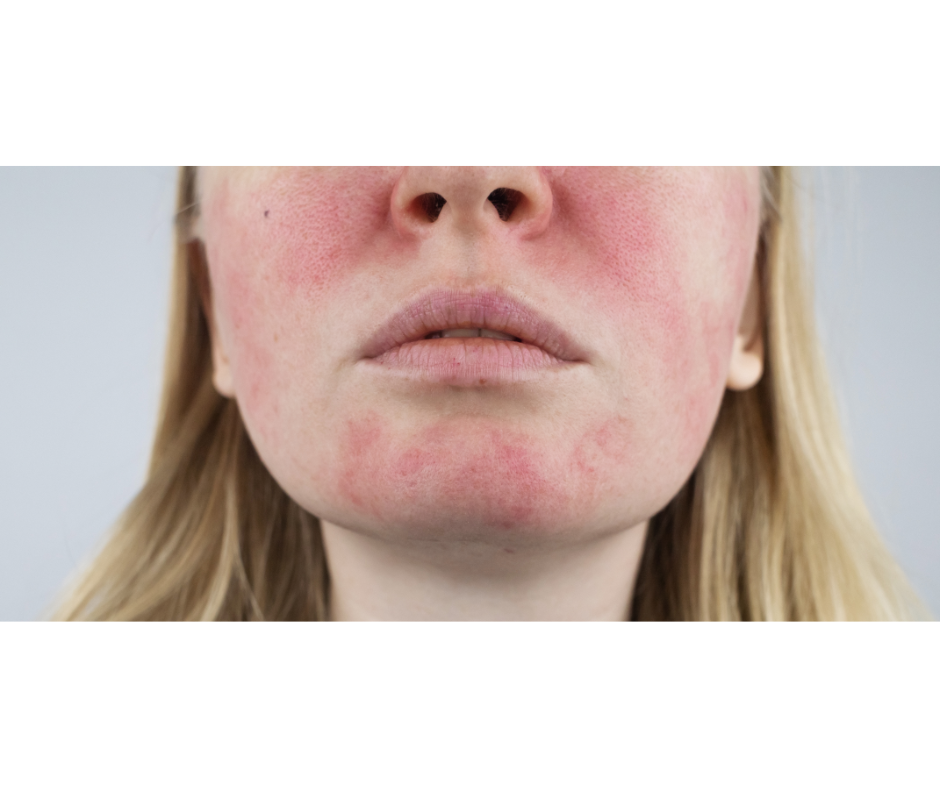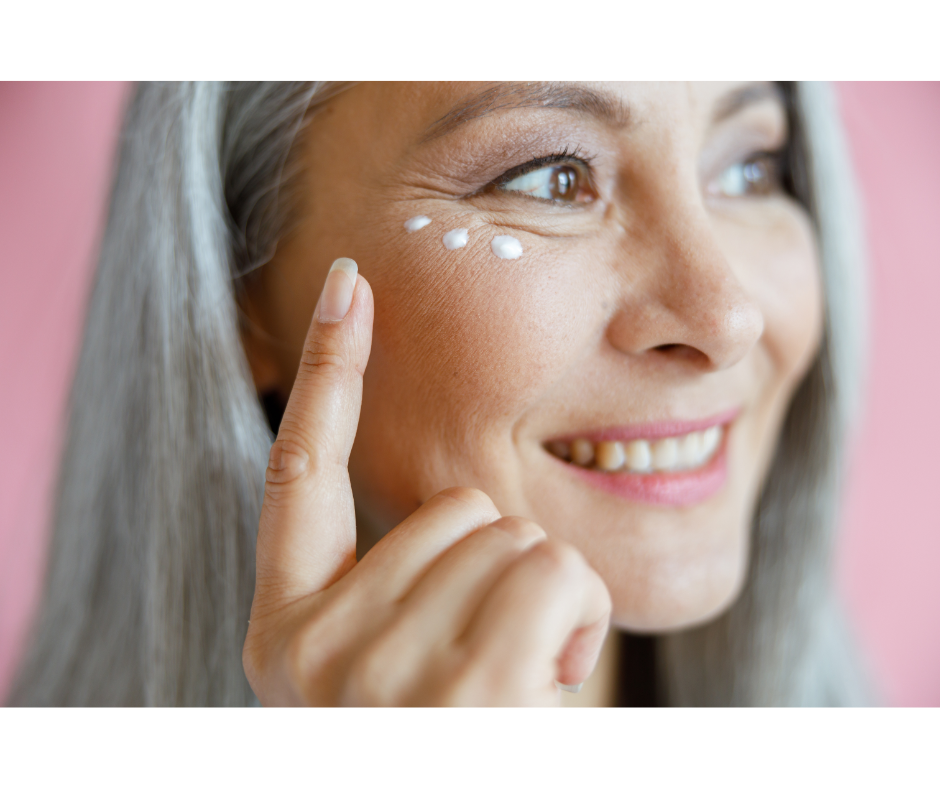
Best Types of Face Creams for Rosacea-Prone Skin
Selecting the right face cream is crucial for managing rosacea, a chronic skin condition that affects millions worldwide. With symptoms like redness, inflammation, and sensitive skin, using the wrong product can exacerbate the condition. This blog explores the best types of face creams for rosacea-prone skin, offering a pathway to soothing relief and healthier skin.
Understanding Rosacea
Rosacea is a complex skin condition characterized by facial redness, visible blood vessels, and sometimes acne-like bumps. Triggers vary widely, including environmental factors, certain foods, and stress, making management a personalized journey. Understanding these triggers and how they affect your skin is key to choosing skincare products that offer relief rather than irritation.
Criteria for Choosing Face Creams
When it comes to face creams for rosacea-prone skin, not all products are created equal. The ideal cream should:
• Soothe and Reduce Inflammation: Look for ingredients like niacinamide and aloe vera.
• Strengthen Skin Barrier: Ceramides and hyaluronic acid can help maintain skin’s natural defense.
• Avoid Irritants: Alcohol, fragrances, and harsh chemicals should be avoided to prevent flare-ups.
Best Types of Face Creams for Rosacea
Hydrating Creams
Hydration is key for rosacea-prone skin. Creams rich in hyaluronic acid and glycerin can lock in moisture without clogging pores, reducing dryness and irritation.
Barrier-Repairing Creams
Products containing ceramides and fatty acids help repair and reinforce the skin’s barrier, protecting against irritants and environmental stressors.
Anti-inflammatory Creams
Ingredients such as niacinamide, green tea extract, and zinc oxide can reduce inflammation and redness, providing relief to rosacea sufferers.
Mineral-Based Sunscreens
Though not a traditional face cream, a mineral-based sunscreen is essential for rosacea-prone skin to protect against UV-induced flare-ups.
Application Tips and Practices
To maximize the benefits of your face cream:
• Apply on damp skin to enhance absorption.
• Use gentle, upward strokes to avoid aggravating the skin.
• Incorporate a gentle, non-irritating cleanser into your routine to keep the skin clean without stripping it.
Conclusion
Choosing the right face cream is a significant step towards managing rosacea. By understanding your skin’s needs and selecting products with soothing, barrier-repairing, and anti-inflammatory properties, you can help mitigate the symptoms of rosacea. Remember, skincare is personal; what works for one person may not work for another. Patience and careful observation are key to finding your skincare staples.


